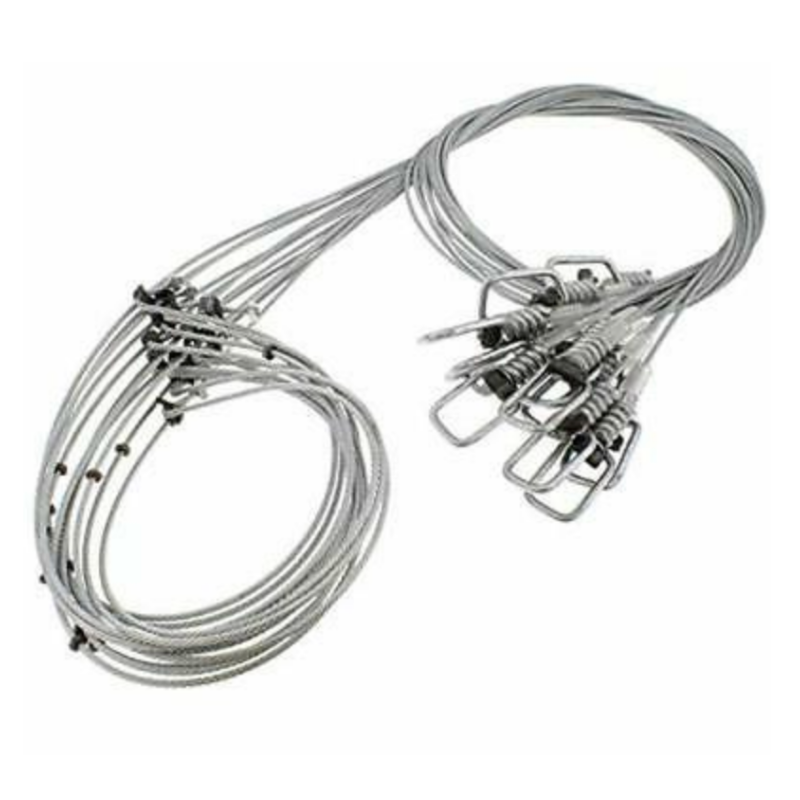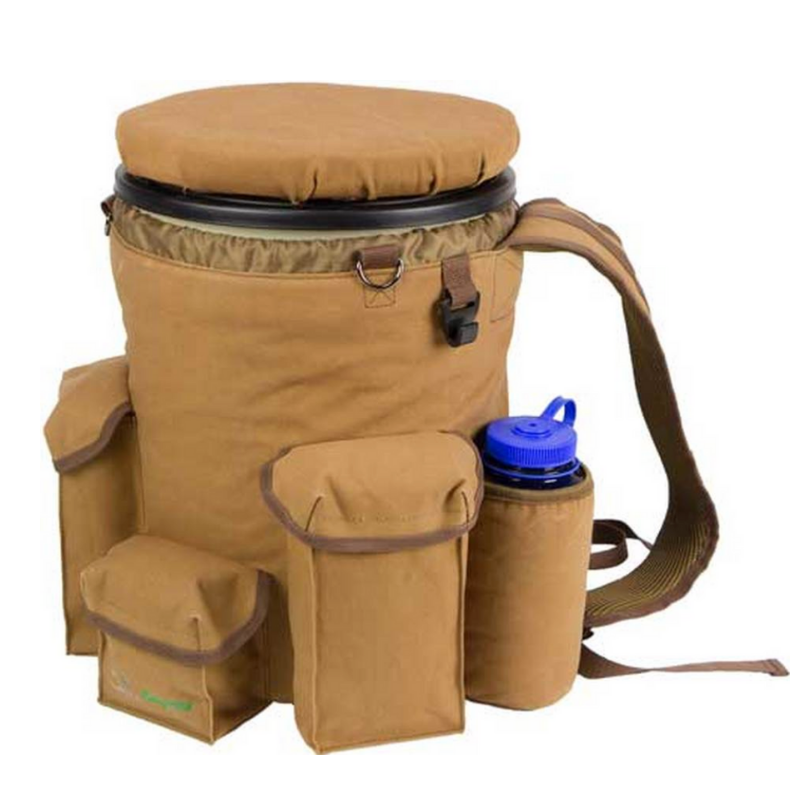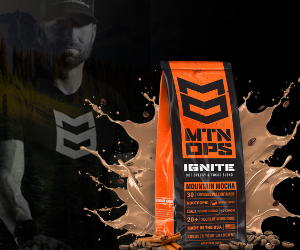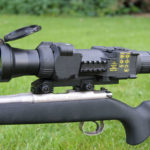Coyotes have become quite the nuisance species across much of the United States. Before settlers began to spread across the country in the 18th and 19th centuries, coyotes were mainly found in western territories and were part of the natural habitat for much of the American frontier.
Now coyotes have carved a path into the backyard of just about every American home from New York to California. Their appearance across much of the eastern United States has led to over-predation of many different kinds of small game species.
In the southeastern section of the country, small animals like rabbits and quail were once viewed as one of the most commonly-hunted species, but now both animals have been virtually killed off in what used to be their natural habitat. Even deer have been increasingly threatened by an overabundance of coyotes throughout much of the south and midwest.
Trapping has become a useful method for helping to thin out coyotes from areas where they have encroached too far into urban neighborhoods and rural farmlands. If you’re looking to get started in the art of trapping these witty critters, there are some specific tenants you’ll want to stick to in order to have a bit of success.
How to Trap Coyotes 101
Here is a basic guide on how to trap coyotes that will help you thin the numbers and restore some of the natural balance in your neck of the woods.
These are the snares that we use for trapping yotes and other small - medium game. They're also super popular amongst trappers.
Play by the Rules
Trapping, like hunting, has some very specific rules and regulations that must be followed—even for animals like coyotes that do much more harm than good for their local environment. Make sure you get the proper licensing and permits for your state and pay attention to the rules.
Most states require trappers to check their traps daily in order to prevent animals from experiencing prolonged suffering. Many states require that you carry a specific kind of firearm in order to kill the trapped animal quickly and sufficiently.
Related Article: Fox Trapping 101
Pack the Right Gear
To start, make sure you’re using at least a #2 or a #3 size coilspring trap. Anything smaller will likely cause you to lose trapped coyotes if you give them enough time to wriggle free. Also be sure to bring one J-Hook for each trap. Also be sure to take enough stakes with you, a sifter, and any other items that you’ll need to set your trap like a small shovel.
You’ll also want to boil your traps, or use some kind of method to degrease them and get any human scent that’s collected on the metal off. Once you’ve boiled or degreased your traps, be sure to use gloves and handle them with care so as not to get any scent on them.
A super easy and convenient way to carry trapping supplies out to the woods.
Where to Set Your Traps
There are several factors you’ll want to pay attention to in order to make sure you’re setting your traps properly in a location that will prove to be successful. Like hunting, trapping will rely heavily on wind direction, only this time, you want to make sure to place your trap and bait in a location where the wind might help carry the scent across a field or into a nearby trail.
Coyotes are much like humans in that they will stick to well-worn trails and paths. They will avoid thickets where their movements will be hampered by brush or thick briars. Keep an eye out for coyote tracks on roads or other trails to help find the best places to put your traps.
One of the most important things to remember when looking for coyote signs is the difference between a coyote paw print and a dog track. The last thing you want to do is to trap someone’s pet. Be sure to study up and work to do your best at identifying whether the tracks you’re looking at are dog tracks or those left by a coyote.
Related Article: Mink Trapping 101
Setting Your Trap
A dirt-hole set is the most popular predator trapping method and is well-known among coyote trappers as the most effective method to catch your prey. Try to create your trap area so that the coyote can only approach it from one direction. This can be done with the help of some brush piled up or a grass clump. A dirt hole is used by coyotes to stash food in to save for a later meal and a wandering coyote will think that he’s hit the jackpot on a free breakfast.
Concealing the plate and your trap as a whole is where most of the art form comes in. You’ll want to use material that’s natural to your area. For instance, in Alaska, snow is commonly used to conceal traps as it is unlikely to melt and works perfectly to create an easy trap.
For warmer climate areas, you’ll want to use other material like peat moss to conceal your plate. Once you’ve done this, use your sifter to sprinkle a fine layer of dirt on top that’s free from any debris that can get caught in the trap.
Bait the Hook
Once the trap is properly set, you’ll want to bait the hole. This can be done with various kinds of paste and other products that can easily be purchsed online, but it’s often best to use a combination of that and parts of animals that are naturally occurring to the area. A common favorite among ole timers is sliced deer heart which they will save from the deer they harvest during the season.
Checking the Traps
If you go to check your trap and you can clearly see from a distance that your trap is undisturbed and you haven’t made a catch, there is no need to go in and reset the trap. You’ll only be adding scent to the area and reducing your chances of trapping a coyote. When you do shoot your trapped coyote, be sure to place your aim right behind the front shoulder instead of going for a headshot, which would be very messy and would likely require extra cleanup.
Related Article: Raccoon Trapping 101
And That is Coyote Trapping 101
Happy trapping and thank you for reading!










